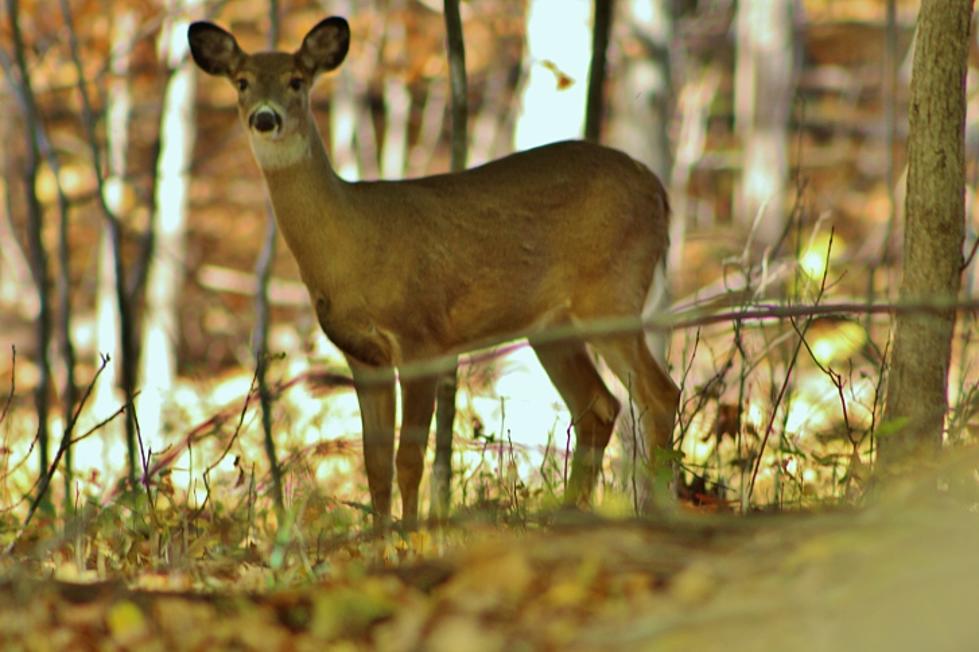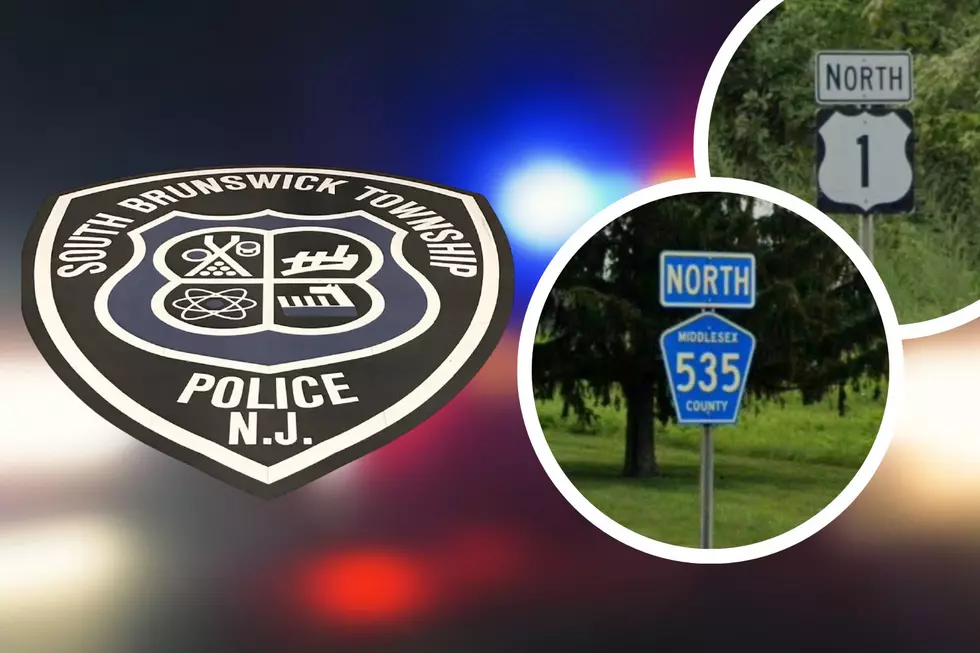
NJ ‘trying to keep it out as long as we can’ — Deadly disease poses threat to deer
Chronic wasting disease is fatal among deer and highly transmissible
State wildlife officials say CWD has not made its way into New Jersey
If infected, a deer would become emaciated, lose bodily functions, and die
There is a very serious disease that poses a threat to New Jersey’s deer herd, eventually wearing them down and killing every infected animal. Preventing this disease from entering the state, has become the State Division of Fish and Wildlife’s main focus as they aggressively monitor the situation.
What is this disease?
Chronic wasting disease is a progressive and fatal neurological disease that affects members of the Cervid family such as deer, moose, elk, and reindeer.
It is caused by an infectious protein called a prion, which results in emaciation, abnormal behavior, loss of bodily functions, and death in deer.
CWD belongs to a family of diseases called “transmissible spongiform encephalopathies,” said Carole Stanko, bureau chief of wildlife management at the N.J. Division of Fish and Wildlife.
Transmissible because it’s highly contagious. Spongiform because if you look at the brain tissue under the microscope, there are holes in it that look like a sponge. Encephalopathies because it refers to the brain, she explained.
What can be done to prevent CWD?
There is no cure for the disease and there is no test available, Stanko said. So, instead, the Division of Fish and Wildlife generally samples carcasses of deer. They have been sampling in New Jersey since 1998 and it’s done every year. They sample randomly hunter-harvested deer through cooperation with game butchers throughout the state.
They also sample any symptomatic captive or wild deer.
Annual sampling of New Jersey harvested deer since 1998 has found no evidence of the disease.
She said CWD does not only affect white-tailed deer, commonly found in New Jersey. It affects every member of the deer family.
“By policy, we ban the importation of any live servants or members of the deer family, since 2003. We codified that in 2020 along with some other regulations in hopes that we can keep it out of New Jersey,” Stanko said.
Right now, hunters are not allowed to bring whole carcasses to New Jersey. Stanko said that’s because the highest concentration of the causative agent or prion, is found in nervous system tissue, she explained.
So, by mandating that they only bring in the meat and not the spinal column, and the brain tissue, we hope to keep it out of the state, Stanko said.
Hunters are also not allowed to use deer-derived hunting lores. Natural hunting lores can be made by deer urine. Since the prion is found in all body fluids, that’s another way of trying to keep CWD out of New Jersey, she said.
If it’s not in New Jersey, where can CWD be found?
CWD was originally named in 1967 in Colorado in a captive mule deer herd, Stanko said. Since then, it’s been found in 30 states, four Canadian provinces, Norway, Finland, and South Korea, with the closest known occurrence to New Jersey in Lancaster County, Pennsylvania.
Testing on the deer herd has been done in New Jersey way before the disease was discovered in Lancaster. But Stanko said that is why state wildlife officials have regulations against the importation of any live servants, any dead deer carcasses, and the use of urine lores.
What happens if CWD shows up in New Jersey?
If CWD shows up in New Jersey, it will be easily spread from deer to deer through nose-to-nose contact, grooming, and other bodily fluids. Once it is here, it is here forever, Stanko said.
Not only would the disease impact the deer herd, but also the New Jersey Fish and Wildlife Agency as a whole. Hunters would not be able to hunt.
“Hunters do a great service to all citizens of the state of New Jersey by thinning the herd every year. They take out, on average about 50,000 deer a year. So, if they stop hunting, imagine the increase in deer-vehicle collisions, agricultural and property damage, and potentially even tick-borne disease,” Stanko said.
Also, the money that the Fish and Wildlife Agency takes in from the sale of deer-related licenses and permits does not go back into managing deer, she said. It goes into managing the habitat and enforcing the law for all species of wildlife in the state.
Regulations are in place that allow state wildlife officials to respond to thin the herd around an index case if the disease were to appear, she explained.
That hopefully would stem the spread of the disease. If there are fewer deer on the landscape, there are fewer deer to spread the disease.
“We are trying to keep it out for as long as we can,” she said.
Jen Ursillo is a reporter and anchor for New Jersey 101.5. You can reach her at jennifer.ursillo@townsquaremedia.com
Click here to contact an editor about feedback or a correction for this story.
Spring is here: This NJ park is a great place to explore
More From New Jersey 101.5 FM









